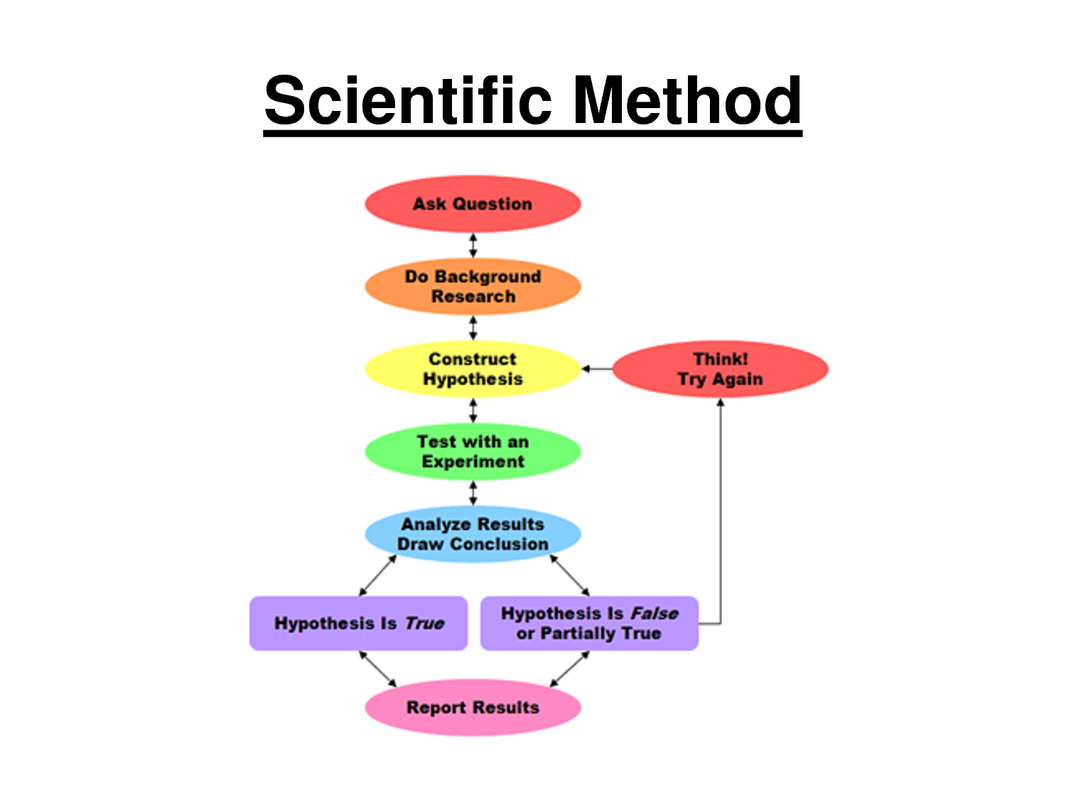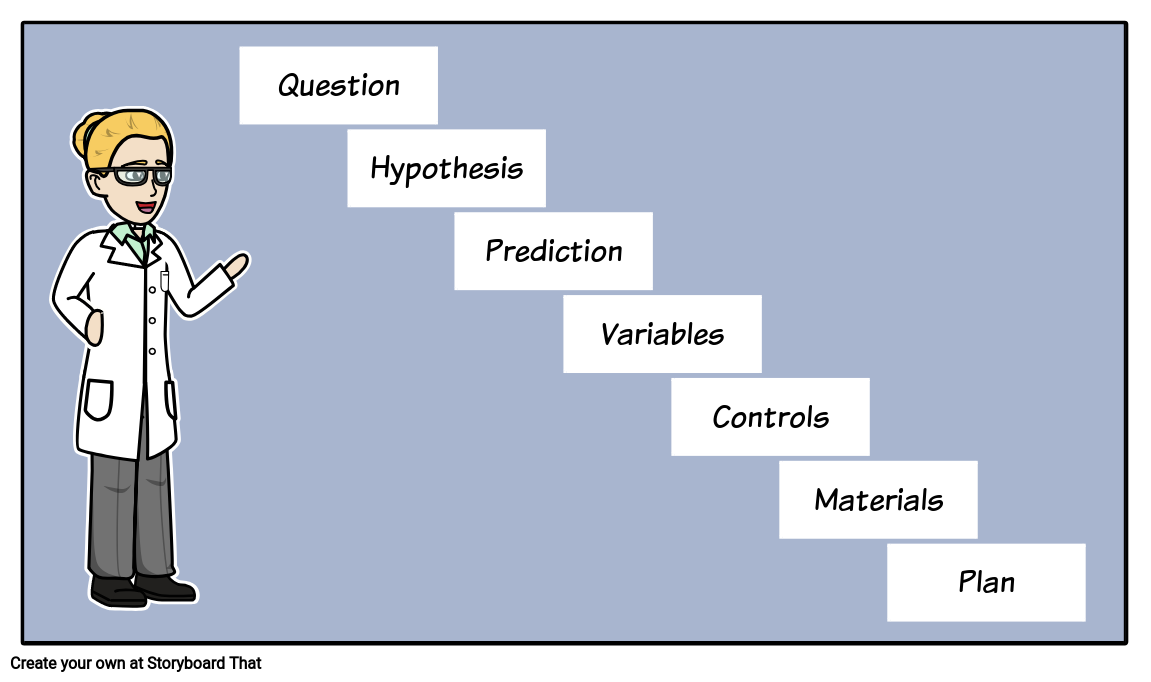Table Of Content

We also advocate, particularly when iterating, for including a few repeated runs from earlier stages to help understand if your system is behaving the same way. Make sure that you understand exactly what you’re proposing to do in each stage, and whether it makes biological sense. Results for your DOE are only as good as the quality of your measurement data. It’s a campaign approach encompassing screening, refinement and iteration, optimization, and assessing robustness. DOE rests on a well-established and robust mathematical foundation. But it’s hard work, error-prone, and requires specialized mathematical knowledge.
Step 5: Measure your dependent variable
Now that you have a strong conceptual understanding of the system you are studying, you should be able to write a specific, testable hypothesis that addresses your research question. To translate your research question into an experimental hypothesis, you need to define the main variables and make predictions about how they are related. Specify how you can manipulate the factor and hold all other conditions fixed, to insure that these extraneous conditions aren't influencing the response you plan to measure. Run all possible combinations of factor levels, in random order to average out effects of lurking variables.
Giving your DOE campaign a sanity check
She shows the plants to her colleagues and they all agree that further testing is needed under better controlled conditions. The fact that these effects have a positive value indicates that the response (i.e., the coagulation rate) increases as the variables increase. The larger the magnitude of the effect, the more critical the variable. The purpose of process validation is to accumulate data that demonstrate with a high degree of confidence that the process will continue to produce products meeting predetermined requirements. Because such capability is necessary to ensure that products perform safely and effectively, process validation is required by FDA's good manufacturing practices (GMP) regulation. For products that will be exported to the European Union, the International Organization for Standardization's ISO 9000 series of standards also requires that certain processes be identified, validated, and monitored.
DOE real-life applications in Pharmaceutical
Because this design produces a lot of data, and computers are the number crunchers that help make sense of it all. So, thanks to our silicon friends, researchers can study complicated questions like, "How do diet AND exercise together affect weight loss?" instead of looking at just one of those factors. In real life, it's often not possible or ethical to randomly assign people to different groups, especially when dealing with sensitive topics like education or social issues. So there you have it—a quick tour through the history of experimental design, from Aristotle's deep thoughts to Fisher's groundbreaking ideas, and all the way to today's computer-powered research.

However, the nature of the independent variable does not always allow for manipulation. In those cases, researchers must be aware of not certifying about causal attribution when their design doesn't allow for it. The same goes for studies with correlational design (Adér & Mellenbergh, 2008). Properly designed and executed experiments will generate more-precise data while using substantially fewer experimental runs than alternative approaches. They will lead to results that can be interpreted using relatively simple statistical techniques, in contrast to the information gathered in observational studies, which can be exceedingly difficult to interpret. This article discusses the concept of process validation and shows how simple two-level factorial experimental designs can rapidly increase the user's knowledge about the behavior of the process being studied.
Covariate Adaptive Randomization
Test different settings of two factors and see what the resulting yield is. In 1950, Gertrude Mary Cox and William Gemmell Cochran published the book Experimental Designs, which became the major reference work on the design of experiments for statisticians for years afterwards. To run your true experimental research you assign half of your patients to intermittent fasting for diet. You use the pre-existing group of baseball players to study the effect of the traditional training program versus the new training programs on the students. While Field Experiments offer real-world relevance, they come with challenges like controlling for outside factors and the ethical considerations of intervening in people's lives without their knowledge.
For instance, if you've ever heard of studies that describe how people behave in different cultures or what teens like to do in their free time, that's often Non-Experimental Design at work. These studies aim to capture the essence of a situation, like painting a portrait instead of taking a snapshot. These are big collections of meta-analyses that help doctors and policymakers figure out what treatments work best based on all the research that's been done. This design is great at proving that two (or more) things can be related. Correlational designs can help prove that more detailed research is needed on a topic.
What are the major characteristics of Experimental Research?
A confounding variable could be an extraneous variable that has not been controlled. Below is an example of a table that shows the yield that was obtained when changing the volume from 500 to 700 ml. In the scatterplot on the right, we have plotted the measured yield against the change in reaction volume, and it doesn’t take long to see that the best volume is located at 550 ml.
Case Study
Three months later, all participants are contacted and they are given a full battery of heart disease tests. The results indicate the women responded much better to the apps than males and showed lower stress levels on both measures. At the end of three weeks, the researchers give all the participants a questionnaire that measures stress and also take swabs from their saliva to measure stress hormones.
Introduction to design of experiment - Towards Data Science
Introduction to design of experiment.
Posted: Mon, 09 Nov 2020 08:00:00 GMT [source]
The neat thing about this design is that it allows each participant to serve as their own control group. Instead of giving one type to one group and another type to a different group, you'd give both kinds to the same people but at different times. The concept of Meta-Analysis started to take shape in the late 20th century, when computers became powerful enough to handle massive amounts of data.
However, note that the estimates for the items obtained in the second experiment have errors that correlate with each other. The research is an example of pre-experiment because only one group of students are considered for the research, and they are carefully selected. In a Field Experiment, they might change the school's daily schedule for one semester and keep track of how students perform compared to another school where the schedule remained the same. On one hand, the results often give us a better understanding of how things work outside the lab.


No comments:
Post a Comment